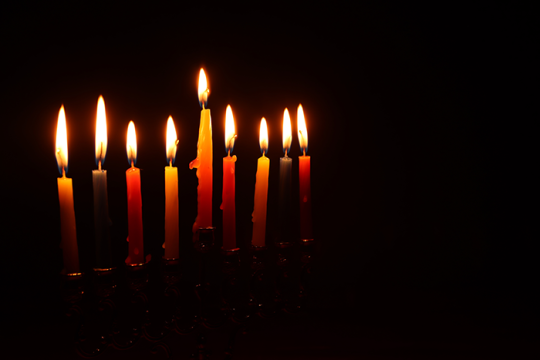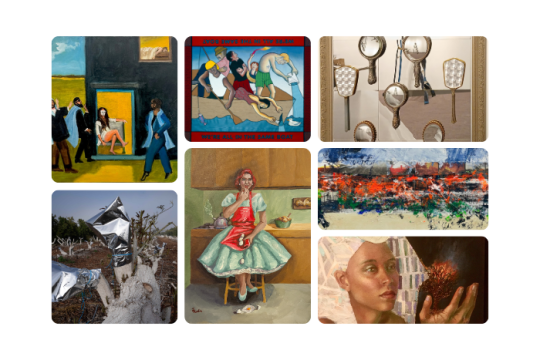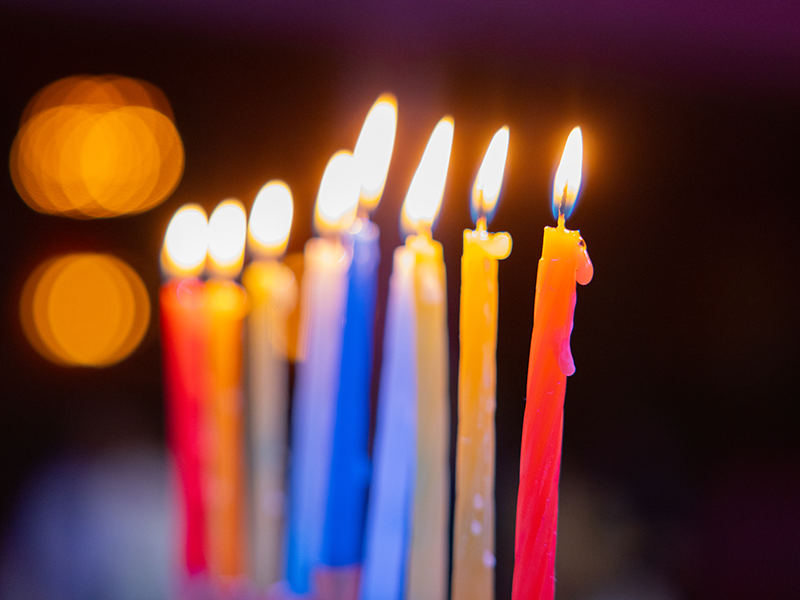Prior to reading Sacred Trash: The Lost and Found World of The Cairo Geniza, by Adina Hoffman and Peter Coles, if asked to define a geniza, my response would have been: "a place to bury sacred text that contained the name of God". My narrow definition of a geniza may be applicable today but it was far from the mark when applied to ancient times into the early twentieth century. The Talmud defines it as a place or means of concealment, but is vague as to what and where the objects are to be hidden. The use and location of a geniza varied from community to community. The objects involved may have included sacred texts, religious manuscripts and religious objects that had contact with them, such as mezzuzot, phylacteries, straps, Torah mantles and yodim. Other such items could have been community records, private correspondence and records. The objects could possibly have been buried or stored in a secure portion of a building or a cave.
The Ben Ezra Synagogue, where Palestinian Jews of Fustat (Old Cairo) worshipped, was home to the "Cairo Geniza." In addition to having been a house of prayer and center of study, it served as the congregation's welfare office, soup kitchen, hostel, clerical and bookkeeping headquarters and court of law. The geniza was located in a room on the second floor barely more than six feet long, eight feet wide and six yards high. Access was obtained by acquiring a ladder and crawling through an attic-like opening. It was crammed to bursting with "ten centuries' worth of one Middle Eastern, mostly middle-class Jewish community's detritus— its letters and poems, its wills and marriage contracts, its bills of lading and writs of divorce, its prayers and prescriptions, trousseau lists, Bibles, money orders, amulets, court depositions, shop inventories, rabbinic response, contracts, leases, magic charms and receipts.”
Our narrative begins in 1896, when twin widowed sisters returned to Cambridge, England from an extended trip to the Middle East with many artifacts that they acquired in Cairo, Egypt. They were not neophytes in the world of antiquities and realized that several Hebraic documents written on vellum could be important. They immediately showed them to their friend, noted Talmudic scholar and the Reader in Rabbinics at Cambridge, Solomon Schechter. He immediately realized that they might be a part of the original Hebrew of "Ecclesiaticus," by Ben Sira, also referenced as the "Sirach," and/or "Book of the All-Virtuous Wisdom."
It should be noted that the Cairo Geniza was no deep dark secret; its existence was known for centuries. Whether anyone knew the extent or value of its contents is not known. In any case, it was not until Solomon Schechter's involvement that the contents of the Cairo Geniza were to play a significant role in the study of Jewish history. What stirred Schechter's passions to pursue an in-depth study of its contents is the subject of speculation. Fame, fortune and academic inquisitiveness may have been part of the equation.
In my judgment, Schechter was incensed that many prominent Christian theologians and some Jewish theologians of the "School of Higher Criticism" engineered the dates of Song of Songs, the Books of Job and Ruth, Psalms and Wisdom Literature to the end of the Second Temple Period. By doing so they portrayed Judaism as a soulless religion preoccupied with law and ritual and devoid of any prophetic vision. Ostensibly their goal was to reduce Second Temple Judaism to a mechanical priestly cult. For Schechter, the heart of Judaism was its unbroken line of transmission that came down from Sinai through tradition without any loss of revelation's power or loss of prophetic vision. He stood for the proposition that "the teaching of Judaism embodied the effluence of God's mercy and love."
The prime motivation for Schechter was to place with certainty the original writing in Hebrew of "Eccclesiaticus" between 200 to 180 BCE, thus putting to rest the "brutal vivisection of Jewish history" and its anti-Semitic overtones by the proponents of Higher Criticism.
On the next leg of the narrative, we join Schechter on his clandestine trip to Egypt and discover how he developed several important relationships that provided entry to the Geniza, acquisition of the bulk of its material, and exportation of those antiquities to England. On his return to Cambridge he was met with a smattering of academic jealousy. A few academics claimed credit for unearthing the material while others denigrated their value. These minor matters soon abated. In 1902 Schechter moved to New York and assumed the presidency of The Jewish Theological Seminary. The United States in a short time evolved into the primary home for scholarship in all matters relating to Judaism, past and present, and Israel became a close second in the field.
It was now time for the extremely difficult tasks of sorting and cataloging the thousands of scraps and documents. The most critical task was to ascertain their relevance to a specific aspect of Judaism and their importance in relation thereto. A considerable number of items were the subject of palimpsest, a process where a piece of writing material on which the original writing has been effaced to make room for the later writing but on which traces of the original remain. Thus, much additional time and effort was necessary to examine those items.
Those tasks were more difficult than having to solve 1000 complex picture puzzles after all the pieces were thrown into one large bin and the box covers depicting the completed puzzles were destroyed.
Schechter, his colleagues, students, and future generations of academics uncovered materials that not only validated the dating of BenSira's "Ecclesiaticus" but also led them to significant findings relating back to the Second Temple and into the twelfth century A.D. and beyond. Several of those areas were the liturgical poetry of Yannai, the dispute between Saadia Gaon, and the heretical thinker, Hiwial-Balkhi, and in broader terms the larger schismatic movement Karaism, as well as poems by Dunash ben Labrat, the tenth century founder of Andalusian Hebrew poetry.
Their works were supplemented by other material previously or subsequently acquired from the Geniza or that had been buried in its cemetery/courtyard. Every new foray into the Geniza's material produced new insights as to religious practices, the relationships among the different streams of Judaism, and those between the Jewish, Muslim and Arab communities.
A researcher, as recently as the first few weeks of 2010, discovered a fragment of a letter written in the sixteenth century by Rachel Zussman, a distraught mother living in Jerusalem to her son living in Cairo. It shed light on their prior correspondence. The Sage Ben Bag's description of the Torah, "Turn it over and turn it over, for everything is in it ..." could also apply to the Cairo Geniza.
The authors broadened my understanding of the importance of critical scholarship and its impact today on how we interpret sacred text and practice Judaism. They provided a fascinating insight into the passions and practices of the academic community.
We welcome your comments, please join the conversation.
Read the review of this book in Reform Judaism magazine
See other Significant Jewish Books
Related Posts

In Search of Belonging in the Darkness, the Twilight, and the Light

The Art of Wisdom: Proverbs, Adages, and Maxims, and the Images They Inspire

